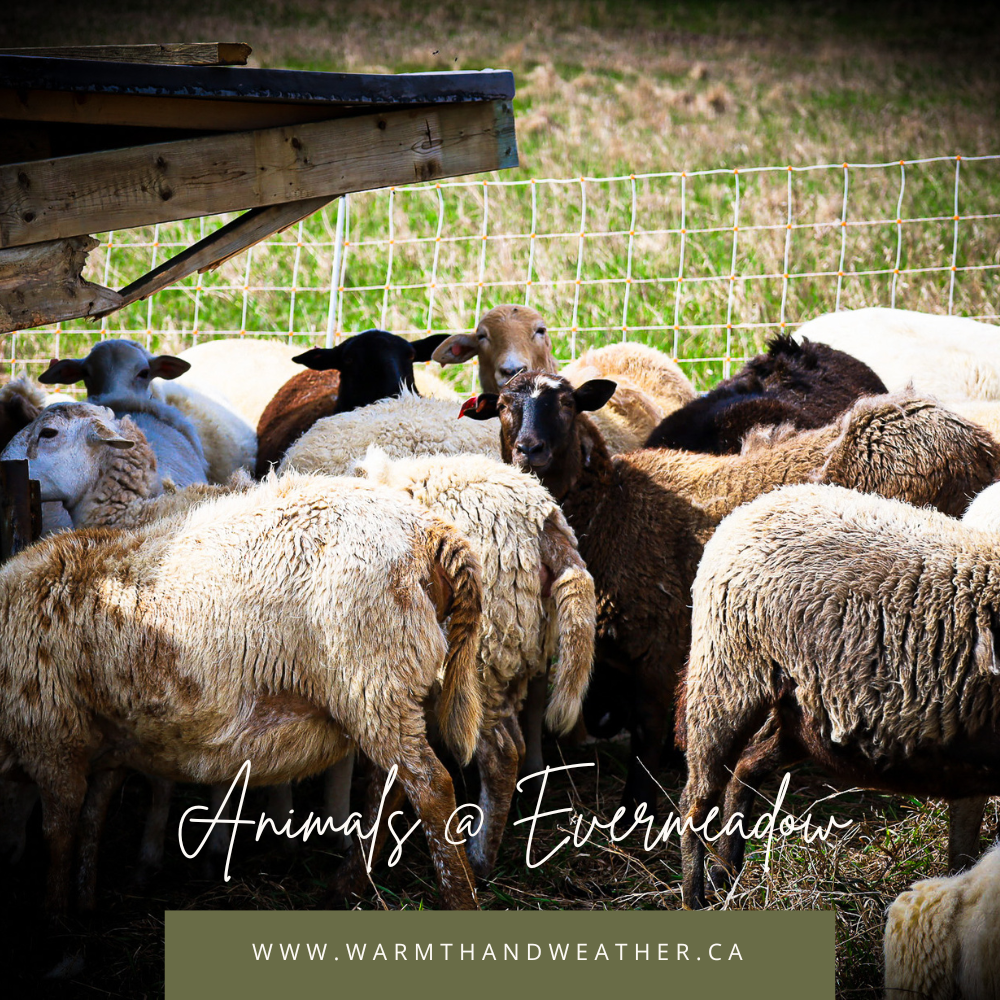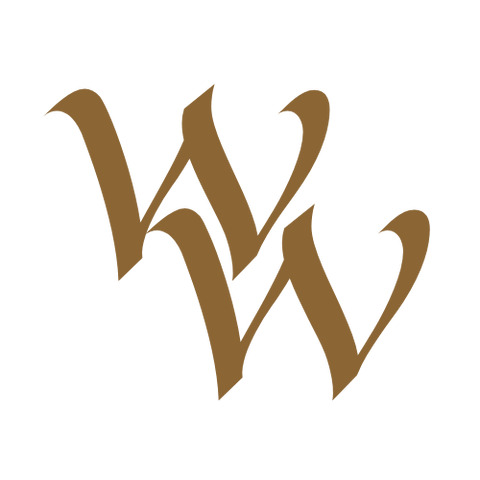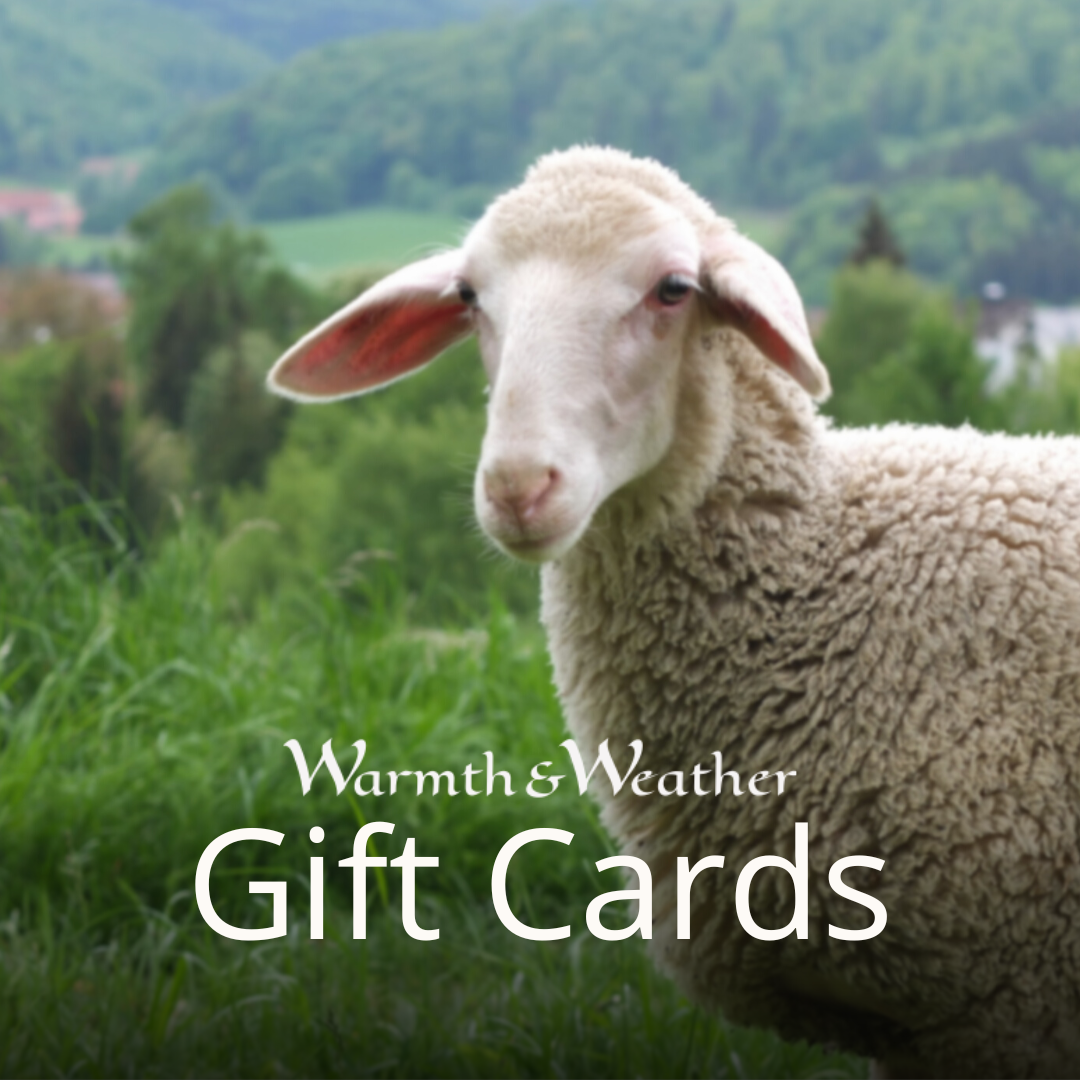
Remember our blog about Regenerative Farming? Well, this is part two, who does the work on the farm?
W&W - Tell us about the animals?
Josh - This leads us to the question: are we conservationists or are we producers? We’re both, that’s the whole idea. Most people in the conservation world who are into tall grass restoration focus on using fire as their primary tool. That’s what was traditionally used by First Peoples here. On the southern end of the Rice Lake Plains, or Burning Plains, much of it was historically tall grass plains managed by First Nations Peoples using fire. They would burn to get rid of herbaceous, woody, scrubland trees and allow the land to be repopulated by oaks and pines. We think there’s another tool that could be used: livestock.

Guard dogs with the sheep.
We aim to mimic the large herds of ruminant animals that roamed North American prairies before European colonization by managing livestock on the land. Historically, animals would come through the land, trample on it, and then it had time to recover. This is the process we’re aiming to recreate with our livestock. They impact an area very strongly, very severely. They manure it, eat it, graze it, trample it, and then it’s given time to recover.

See the impact of the broiler chickens above (photo by Joshua Noiseux)
W&W - What animals do you have grazing now and what animals do you hope to have over time?
Josh - Right now, we only have sheep truly grazing, using the land as their only sustenance. They are Katahdins, a hair sheep breed that produces hair and then sheds it. They graze and manage the grass for us. We keep them in a smaller section to allow for intense impact. They are forced to consume all of the land and do all of the work. If you look at where the sheep have been, they graze it comprehensively. We call it severe grazing; it is not overgrazing. Overgrazing would be grazing something before it’s had time to recover. These guys graze severely and then leave. The land is given 60 to 90 days to fully recover, which encourages the kinds of grasses we want.

Laying Hens at work!
We also have laying hens, which forage for bugs and micro-harrow the ground. Our pigs help establish new pasture land in areas that had previously been cropland. They turn up the soil and expose the seed bank to the surface, causing everything to germinate like crazy once they’ve come through! They also fertilize the land. We also have broiler chickens, which are huge fertility drivers. They come through an area, lay down tons of manure, and we move them daily to fresh forage, which makes the grass explode with growth.

The pigs hard at work preparing a plot of land for a new garden.
W&W - With the tall grass plans, are you going to bring in any larger animals?
Josh - Cattle are traditionally used to graze tall grass in the west; physically, they’re bigger, so it’s easier for them to do it, but sheep can do it too! We do want to get cattle; they’re the engines of ecosystem management. They have a significant impact on the land. It can be negative if poorly managed, but extremely positive when done correctly. Again, sheep can do it, but it takes about 10 sheep to make up the work of one cow. A handful of cattle would accelerate the process of grassland management we’re aiming for.
W&W - What about the future…
Josh - One of our goals is to bring back many more animals, which the land can definitely sustain. We’re living in an artificially depopulated landscape right now. We hope to continue expanding our farm. There are some areas around us that we can lease in the future. Once we get our ducks in a row and become more established here, we’re going to expand our reach. Our goal is to manage a larger area of the landscape to be able to make a bigger impact across this region.



